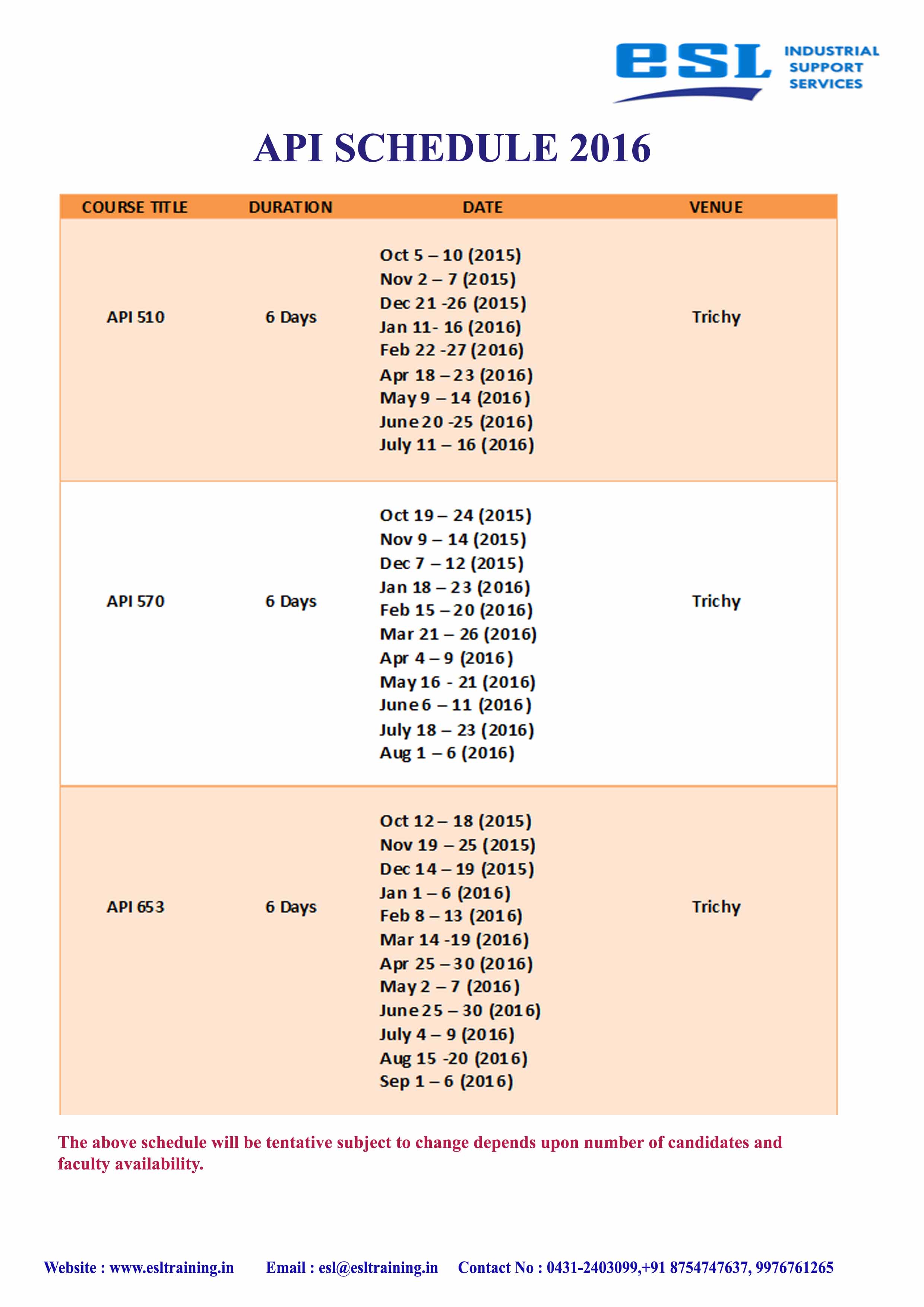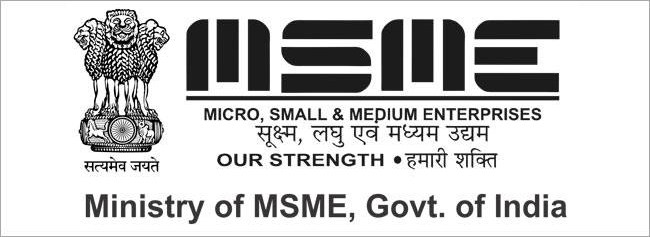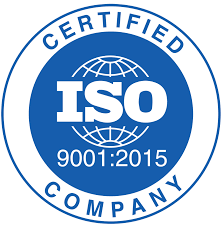API
In support of many of the rules outlined in API 570 a demand was envisaged for a series of support or reference documents to either provide good practice or expand on essential principles such as RBI and FFS. This series of documents is still under development as new documents such as RP 571, which will replace the old Refinery Guide To Inspection, are in progress and will eventually become an essential part of the in-service inspection series. The core in-service inspection document is API 570 and that will form much of the basis of discussion relating to deteriorating piping. It will be reviewed in substantial detail throughout this course. It does call out or reference a range of other documents. Currently we have the following referenced documents:
RP 574 Inspection of Piping System Components.
This document provides inspection personnel with good practice and reference material regarding the in-service inspection of pressure piping. The document discusses why we inspect and causes of deterioration. This material is very important to inspection personnel as it dictates how often and what methods of detection we can apply based on what we expect in terms of damage mechanisms. The document then expands on how we inspect and the associated limitations in inspection methods related to different types of equipment. A lot of guidance information is contained within this document that is not readily available in other standards, which tell you what you have to do but not explain fully how you do it.
RP 578 Material verification Program For New And Existing Piping Systems.
The industry has had a lot of problems with mixed materials. RP 578 outlines how to establish and run a good material verification program for new and existing piping installations.
RP 580 Risk Based Inspection
This is a relatively new document first published in 2002 but referenced in the main inspection standard such as 510 for some time. This topic is dealt with in detail in a separate module. It has gained significance over recent years as the industry within the main inspection codes has permitted a choice in the important process of inspection planning. The topic of Risk can be emotive and there must be a clear understanding that RBI methodologies are not about increasing risk but about identifying and managing it properly. API 570 still includes time based interval planning as the industry followed for many years. However we have recognized that pure time based planning is not always effective either in terms of protection or economic operation. The 580 document outlines as we shall review guidelines and recommendations to standardize and effectively monitor the RBI process.
RP 579 Fitness For Service
When we discover a flaw how do we assess its impact on the integrity of our vessel? In construction terms we have always deferred to the acceptance criteria in the codes, which have often been derived from what we term ‘workmanship standards’. Whilst these have served us well and continue to do so they often are conservative and are also not suited to in-service deterioration mechanisms. As with 580 we will review the document as an overview in a separate module. 579 outlines ways to go beyond the simple thickness averaging type life assessments contained in API 570. The document deals on three levels of analysis requiring increasing amounts of engineering assessment. This allows piping to be correctly assessed and decisions made on continued operation, repair or replacement bearing in mind that we have on many occasions caused more problems by incorrect repairs than if we had done nothing.
RP 571 Damage Mechanisms
To conduct RBI or FFS properly you need to understand damage mechanisms properly and that is what RP 571 sets out to explain and demonstrate.
RP 577 Welding & Metallurgy
Seeks to fill in gaps not explained in ASME IX and required to perform satisfactory weld inspections if you are not a certified welding inspector, This introduction sets out how the various published documents are utilized to support the in-service inspection process. Subsequent modules will build the knowledge base that is expected of the API Certified 570 Inspector as outlined in the API 570 document. This is the critical component in application of the documents. API 570 defines the ‘Authorized Pressure Vessel Inspector’ as an employee of an authorized inspection agency who is qualified and certified under the API 570 code. In order to become a certified inspector you need to have and be examined upon the typical information contained in all of the above referenced documents. This is the base reason for this training and the subsequent modules we will explore.




